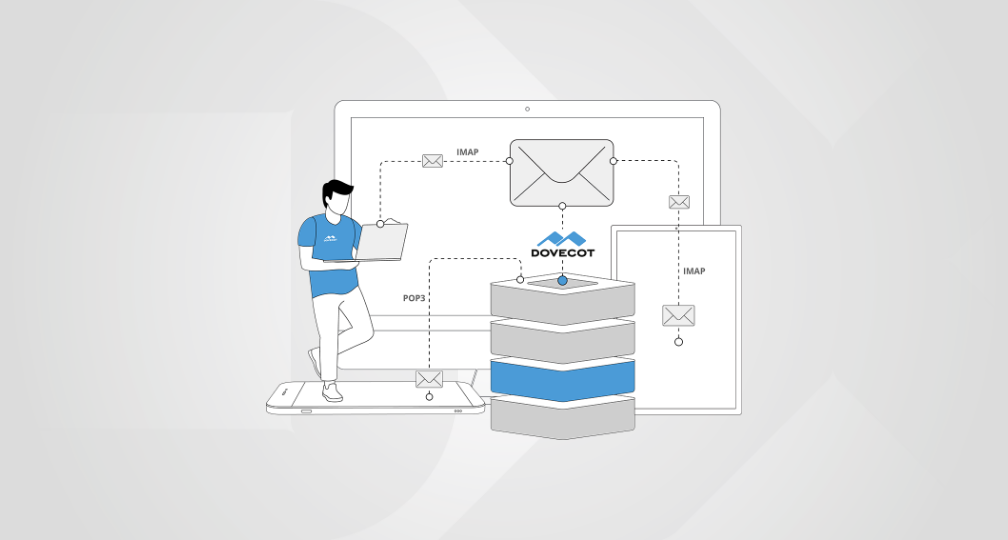Everyone loves movies, and the film industry has proven itself to be a true survivor.
Television was predicted to kill off films but only reinforced our appetite and changed our consumption of them. People thought video would be the death of cinema, but instead became a highly profitable complementary revenue stream. The idea of ‘owning’ a film quickly became the social norm across social and economic classes.
But now the notion of ownership is being challenged by the rise of subscription streaming services like Netflix and Amazon Instant. This begs the question – why now? The answer, of course, is that technology is the great facilitator. Advances in networking allow us to stream vast amounts of data to our devices at home. Whereas once the VCR was the hub of our home entertainment center it is now simply our router.Voitures Combo C4
Netflix and Amazon have had a huge impact on the home market, and for the first time in 2012 the amount of movies viewed online surpassed home DVD and Blu-ray views. Subscription services have quickly proved themselves to be massive revenue generators, and the introduction of exclusive, original content suggests that they are viable platforms in their own right and not simply regurgitating old content.
In America last year subscriptions accounted for 94 per cent of all movies legally watched online whilst buying digital copies made up a meagre 1.3 per cent of the market share. It’s worth highlighting that at the same time DVD sales fell one fifth.
Netflix, which currently boasts 29 million customers, has a simple and transparent fixed price ‘all you can eat’ model means there’s no hidden costs are incurred. Amazon Instant is ‘a la carte’, charging per rental unless you’re a prime subscriber, positioning itself halfway between a subscription service and digital store. What’s clear is that there is now a subscription service to suit all tastes.
The growth of both services aligns with the steady decline of physical sales, and it’s easy to see the appeal of video subscription over buying discs. Cinema has stood the test of time because it’s almost a community event with a social element, but our viewing habits in private perhaps say more about changing human attitudes to ownership – why buy when you can subscribe?
The reasons are clear – subscription offers increased choice at a low entry point for the user while offering a steady income stream for the service provider.
A rare case of a true win-win situation.
Subscription as a payment model is having a growing influence on our economy. Advances in technology means it now makes sense in areas where it previously didn’t. Not only that, individuals are getting used to the idea of subscribing to services, behaviour they are likely to continue in their professional lives.
Which leads to the question: are you ready to adjust to your customers’ changing behaviour?





